Today I planted something new in my vegetable garden -something very new, as a matter of fact. It’s a potato called the New Leaf Superior, which has been genetically engineered -by Monsanto, the chemical giant recently turned ’’life sciences’’ giant - to produce its own insecticide. This it can do in every cell of every leaf, stem, flower, root and (here’s the creepy part) spud. The scourge of potatoes has always been the Colorado potato beetle, a handsome and voracious insect that can pick a plant clean of its leaves virtually overnight. Any Colorado potato beetle that takes so much as a nibble of my New Leafs will supposedly keel over and die, its digestive tract pulped, in effect, by the bacterial toxin manufactured in the leaves of these otherwise ordinary Superiors. (Superiors are the thin-skinned white spuds sold fresh in the supermarket.) You’re probably wondering if I plan to eat these potatoes, or serve them to my family. That’s still up in the air; it’s only the first week of May, and harvest is a few months off.
Certainly my New Leafs are aptly named. They’re part of a new class of crop plants that is rapidly changing the American food chain. This year, the fourth year that genetically altered seed has been on the market, some 45 million acres of American farmland have been planted with biotech crops, most of it corn, soybeans, cotton and potatoes that have been engineered to either produce their own pesticides or withstand herbicides. Though Americans have already begun to eat genetically engineered potatoes, corn and soybeans, industry research confirms what my own informal surveys suggest: hardly any of us knows it. The reason is not hard to find. The biotech industry, with the concurrence of the Food and Drug Administration, has decided we don’t need to know it, so biotech foods carry no identifying labels. In a dazzling feat of positioning, the industry has succeeded in depicting these plants simultaneously as the linchpins of a biological revolution - part of a ’’new agricultural paradigm’’ that will make farming more sustainable, feed the world and improve health and nutrition -and, oddly enough, as the same old stuff, at least so far as those of us at the eating end of the food chain should be concerned.
This convenient version of reality has been roundly rejected by both consumers and farmers across the Atlantic. Last summer, biotech food emerged as the most explosive environmental issue in Europe. Protesters have destroyed dozens of field trials of the very same ’’frankenplants’’ (as they are sometimes called) that we Americans are already serving for dinner, and throughout Europe the public has demanded that biotech food be labeled in the market.
By growing my own transgenic crop - and talking with scientists and farmers involved with biotech - I hoped to discover which of us was crazy. Are the Europeans overreacting, or is it possible that we’ve been underreacting to genetically engineered food?
After digging two shallow trenches in my garden and lining them with compost, I untied the purple mesh bag of seed potatoes that Monsanto had sent and opened up the Grower Guide tied around its neck. (Potatoes, you may recall from kindergarten experiments, are grown not from seed but from the eyes of other potatoes.) The guide put me in mind not so much of planting potatoes as booting up a new software release. By ’’opening and using this product,’’ the card stated, I was now ’’licensed’’ to grow these potatoes, but only for a single generation; the crop I would water and tend and harvest was mine, yet also not mine. That is, the potatoes I will harvest come August are mine to eat or sell, but their genes remain the intellectual property of Monsanto, protected under numerous United States patents, including Nos. 5,196,525, 5,164,316, 5,322,938 and 5,352,605. Were I to save even one of them to plant next year - something I’ve routinely done with potatoes in the past - I would be breaking Federal law. The small print in the Grower Guide also brought the news that my potato plants were themselves a pesticide, registered with the Environmental Protection Agency.
If proof were needed that the intricate industrial food chain that begins with seeds and ends on our dinner plates is in the throes of profound change, the small print that accompanied my New Leaf will do. That food chain has been unrivaled for its productivity - on average, a single American farmer today grows enough food each year to feed 100 people. But this accomplishment has come at a price. The modern industrial farmer cannot achieve such yields without enormous amounts of chemical fertilizer, pesticide, machinery and fuel, a set of capital-intensive inputs, as they’re called, that saddle the farmer with debt, threaten his health, erode his soil and destroy its fertility, pollute the ground water and compromise the safety of the food we eat.
We’ve heard all this before, of course, but usually from environmentalists and organic farmers; what is new is to hear the same critique from conventional farmers, government officials and even many agribusiness corporations, all of whom now acknowledge that our food chain stands in need of reform. Sounding more like Wendell Berry than the agribusiness giant it is, Monsanto declared in its most recent annual report that ’’current agricultural technology is not sustainable.’’
Michael Pollan
Izvor: nytimes.com





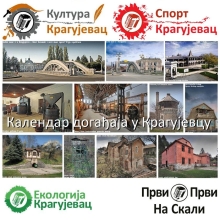
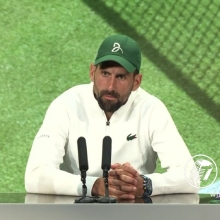
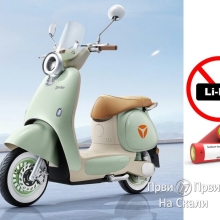
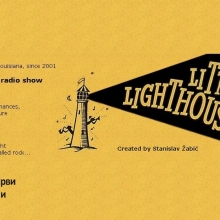
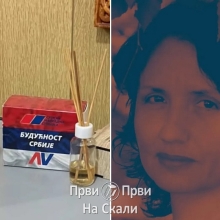

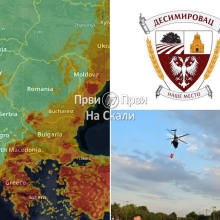
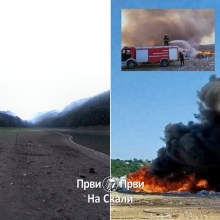
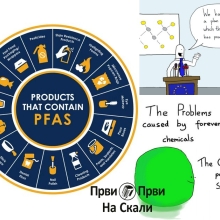
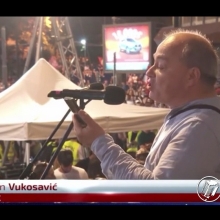
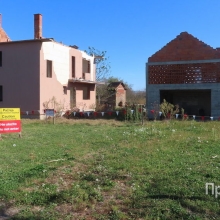
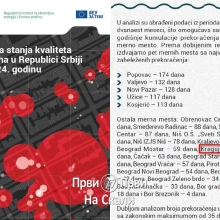
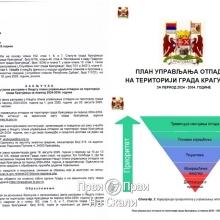
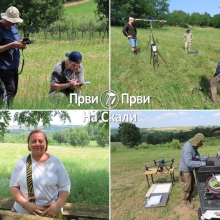
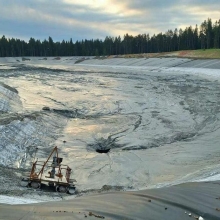
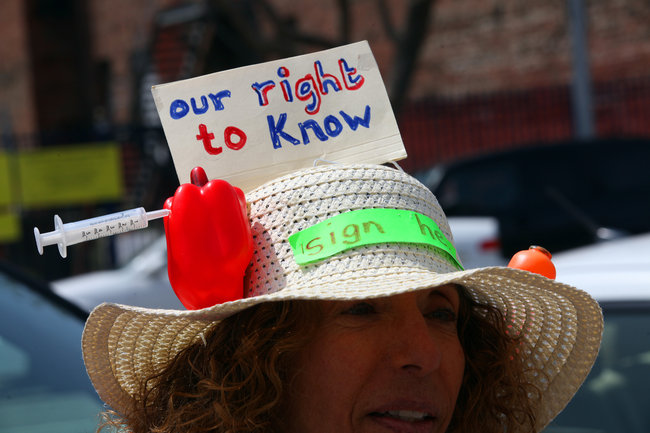






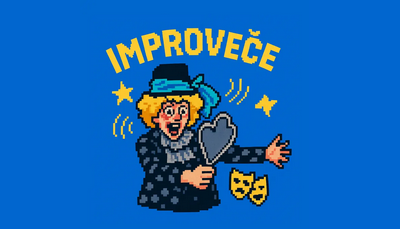

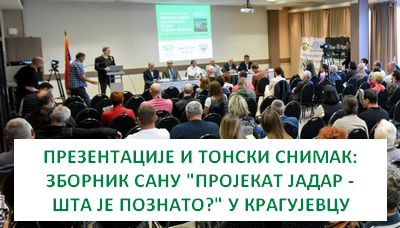
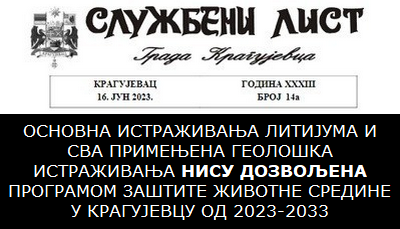
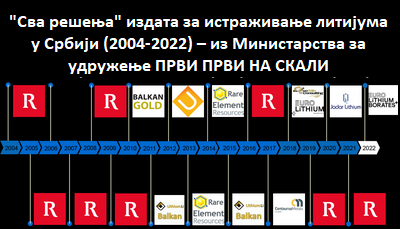
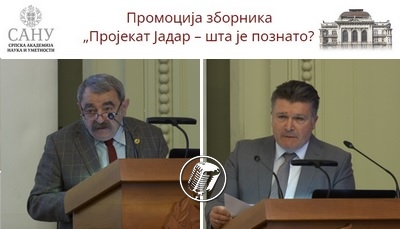
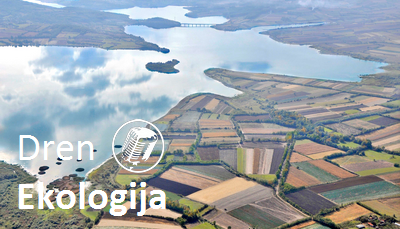

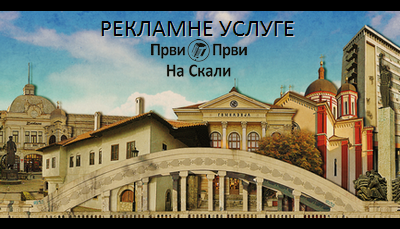

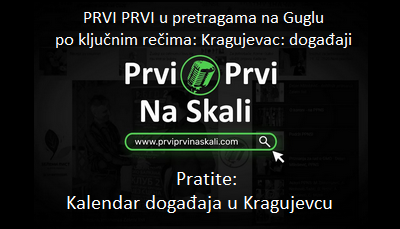
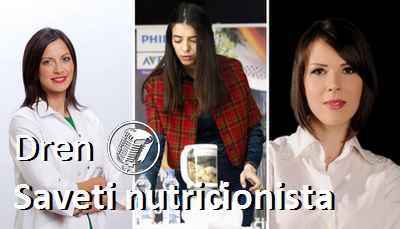
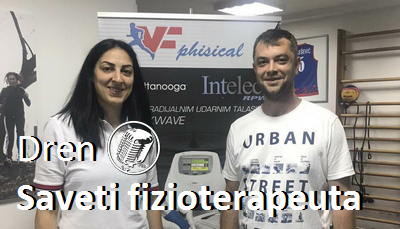
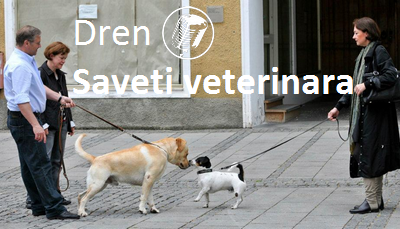



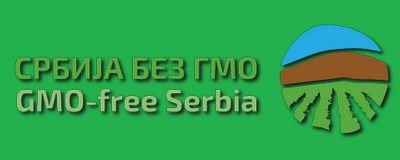

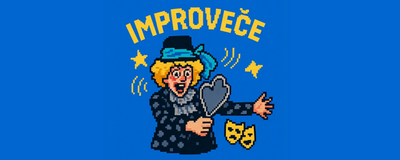

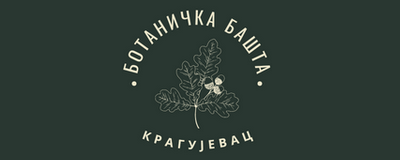
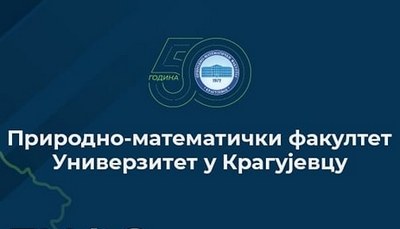

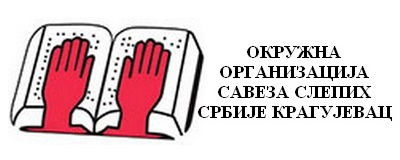
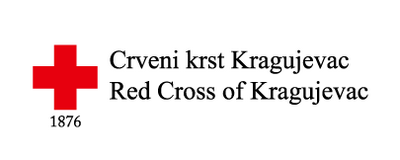
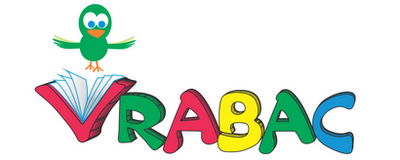
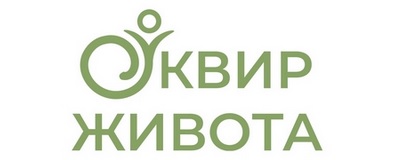
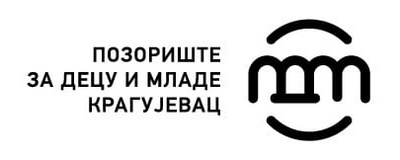
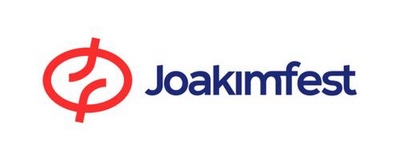
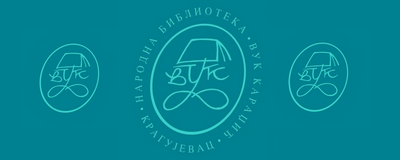



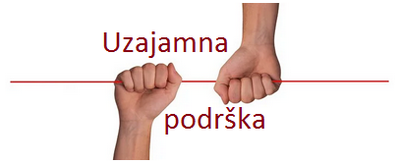



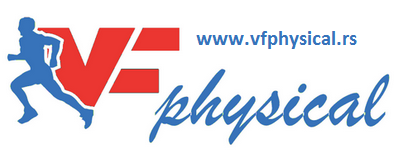

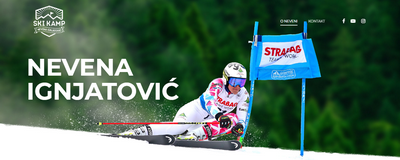


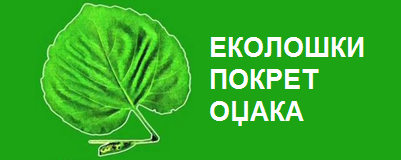

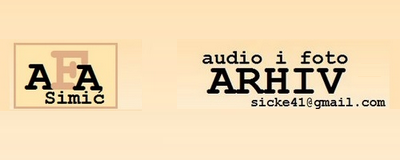
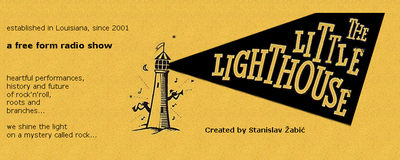
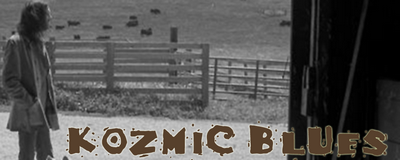


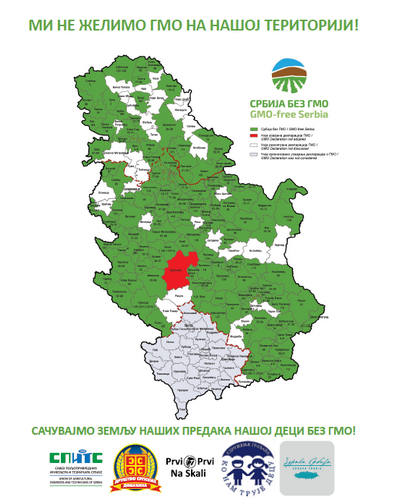
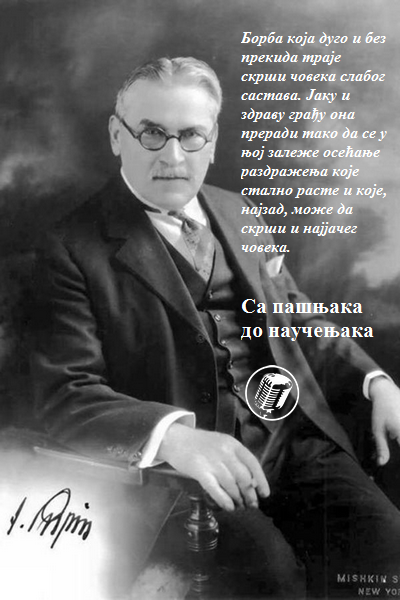

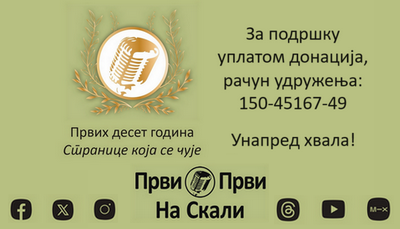
Komentara: 0